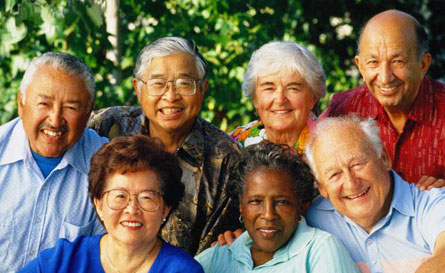
The recent announcement by Northstar Senior Living (http://www.alfa.org/News/3938/Senior-Living-Creates-New-Homes-for-LGBT-Older-Americans) that they will be opening a new “boutique” community in Palm Springs, CA to cater to the LGBT community is another sign that as America ages the need to accommodate diversity in racial, religious and sexual orientation is growing in importance. Equal rights for the LGBT population has brought same sex relationships into the mainstream, and that market seeks out products and services that will cater to them. Also, one in five seniors in America are non-white and at least 10% of the population 65 and older is foreign born, and 10,000 Baby Boomers are turning 65 every day. The need to accommodate this growing diversity is now a major focus of the senior housing and long term care industry.
Diversity is being addressed by the industry in two ways: homogeneous communities that cater to specific groups such as LGBT, Korean, or Jewish; or heterogeneous communities that are adding cultural elements and sensitivity to their standard offerings such as staff who can speak in native tongues, native menu options, and native cultural events.
It is a natural and understandable tendency for people of shared heritage and lifestyle to want to congregate together. Speaking the same language, eating the same foods, practicing the same religion or valuing the same lifestyle choices certainly makes living under one roof together much more palatable. There are many successful senior housing and long term care providers across the country who cater to specific groups.
In addition, the growth of senior housing and long term care providers to add diversity of services as well as language and sensitivity training is opening up senior housing to groups that would have not considered the option for themselves or a loved one in the past. Many cultures value keeping their elderly at home with the family, and others have as their point of reference what they remember senior housing to be back in their native land. But now these populations are re-considering the many different options available seeking to accommodate the unique needs and values of an ever diversifying population of seniors.
